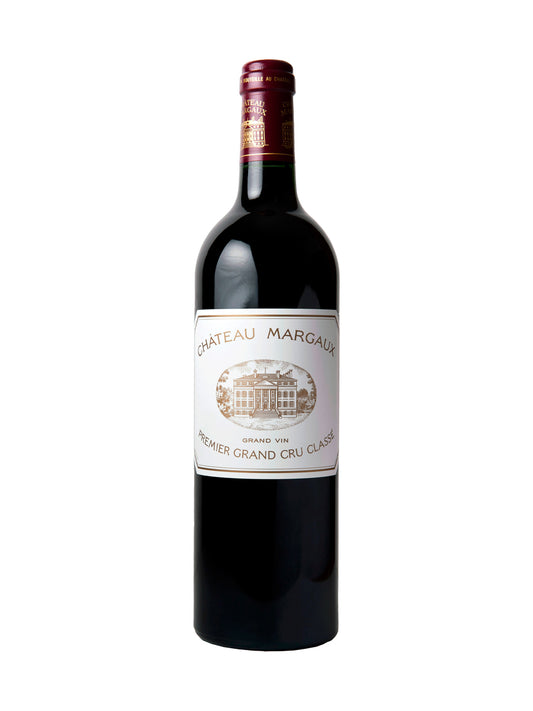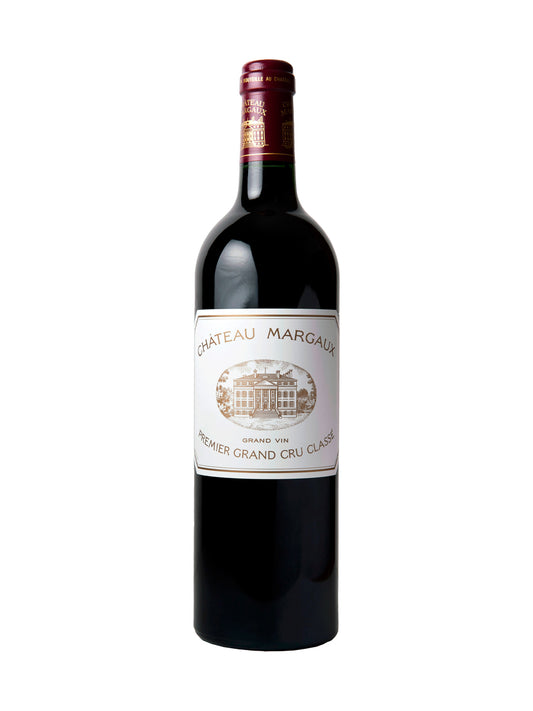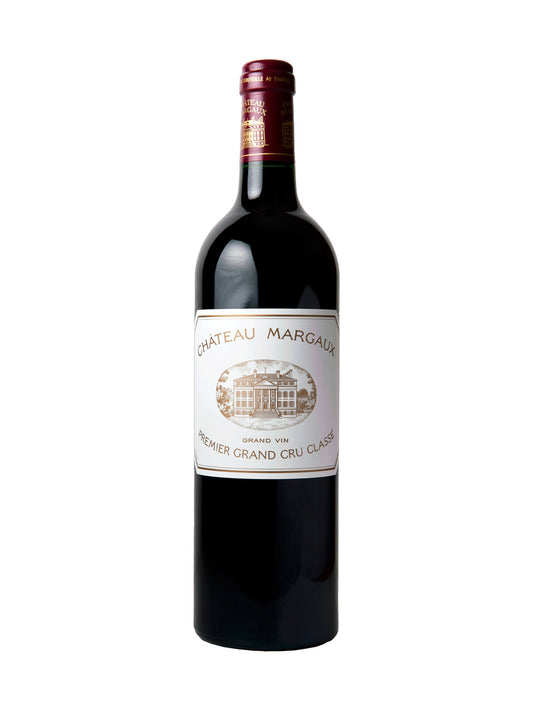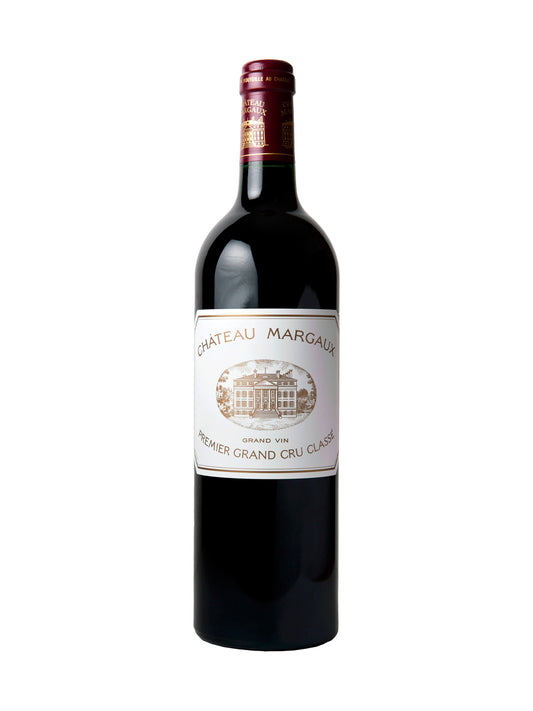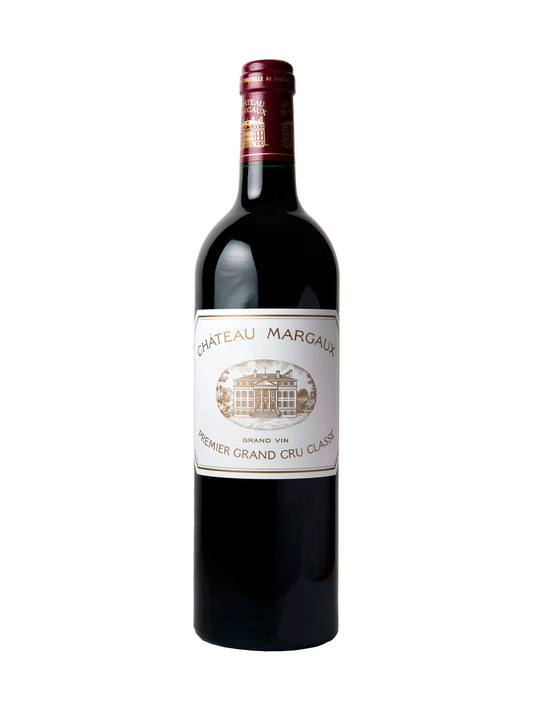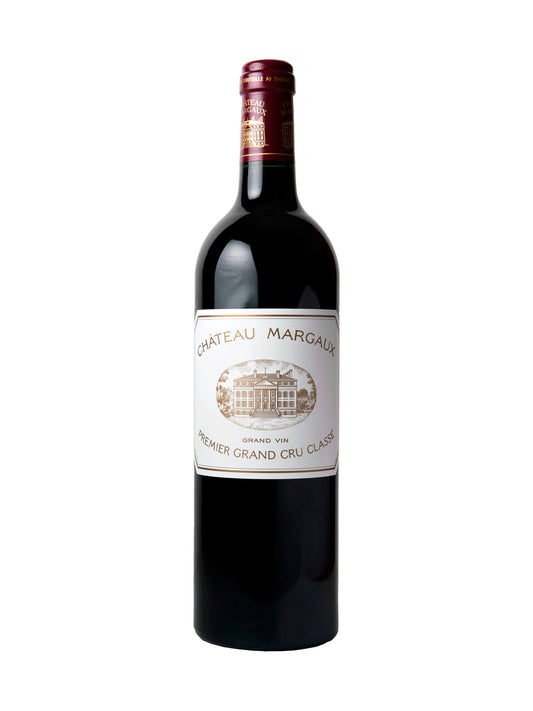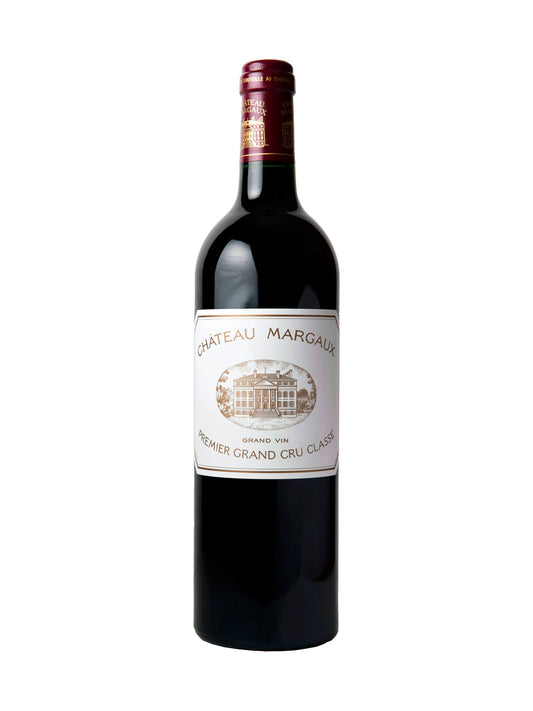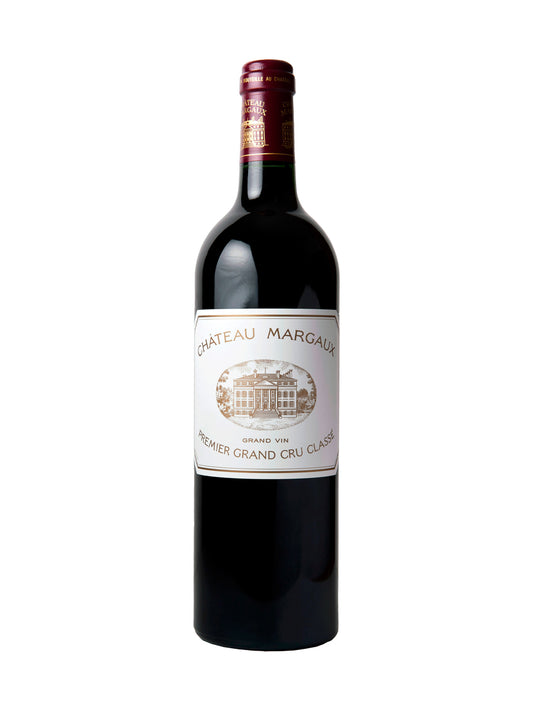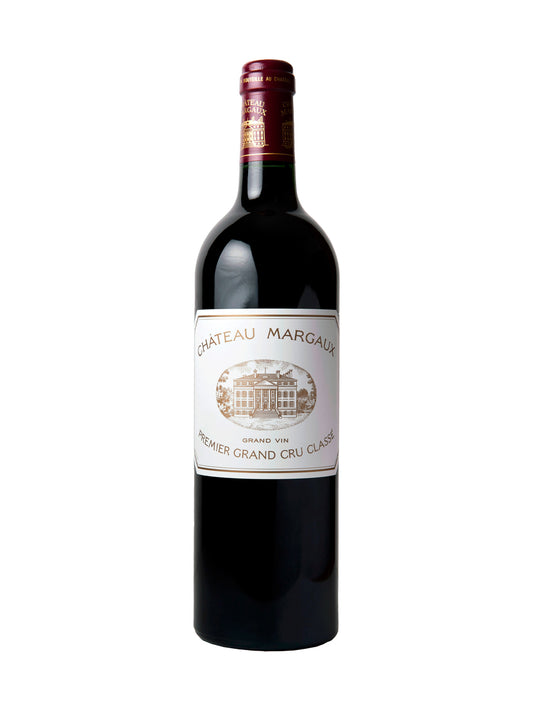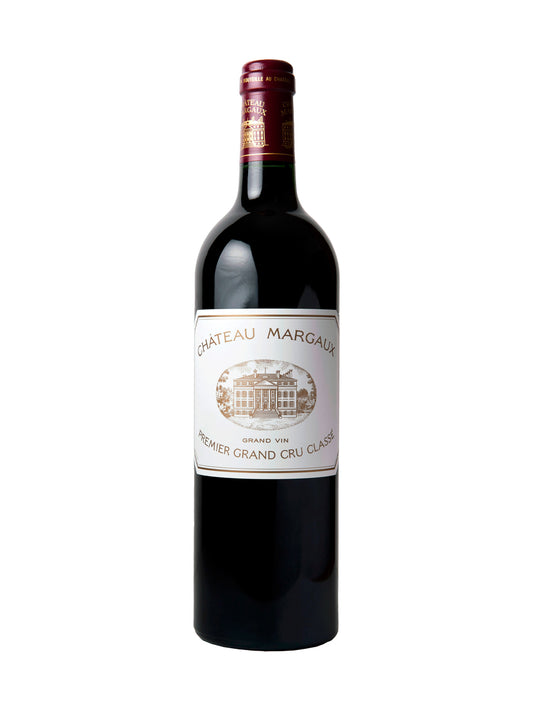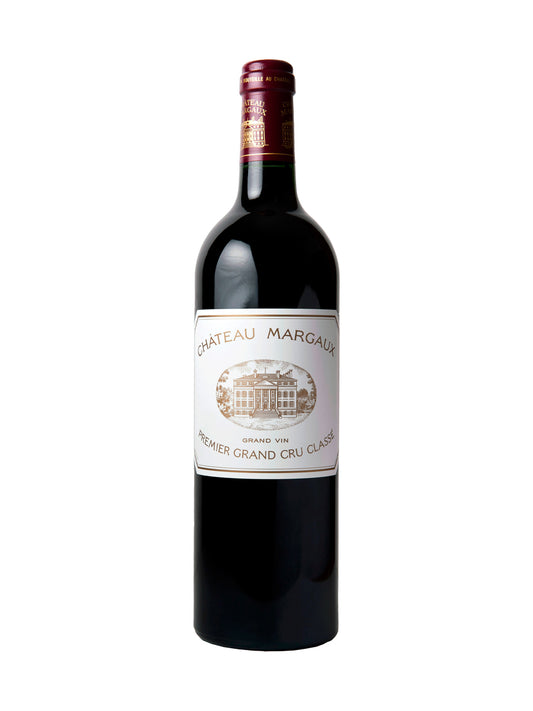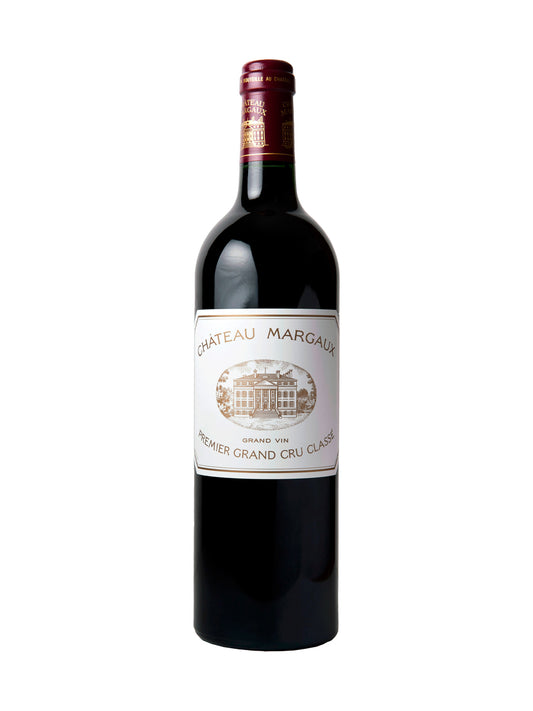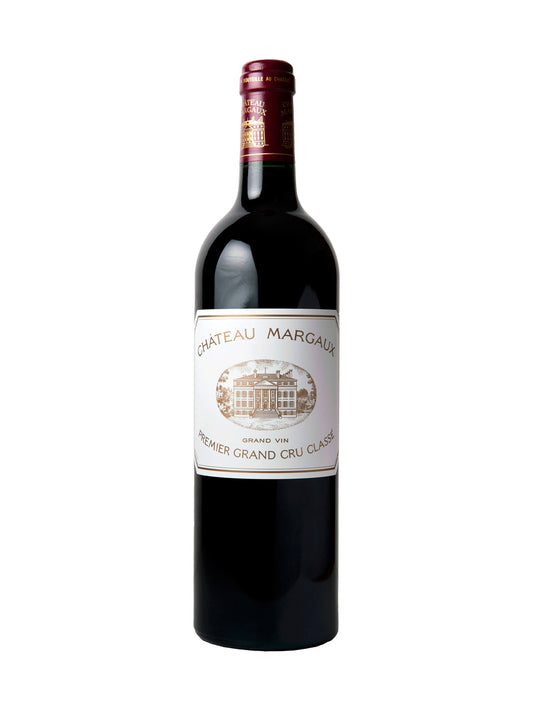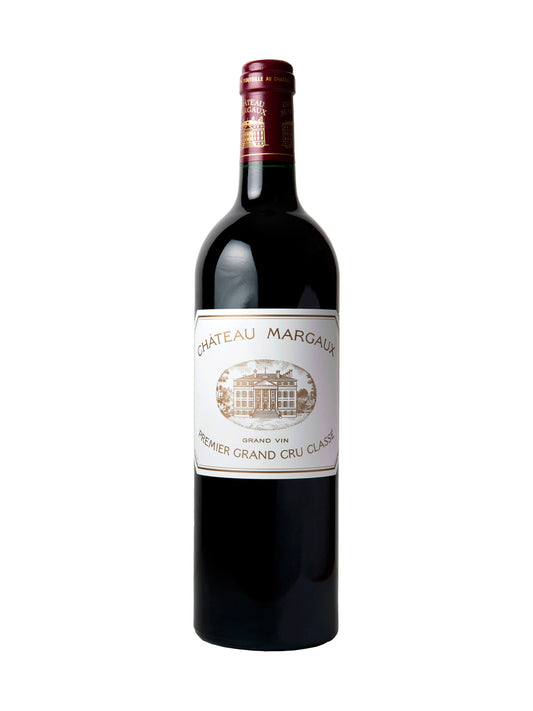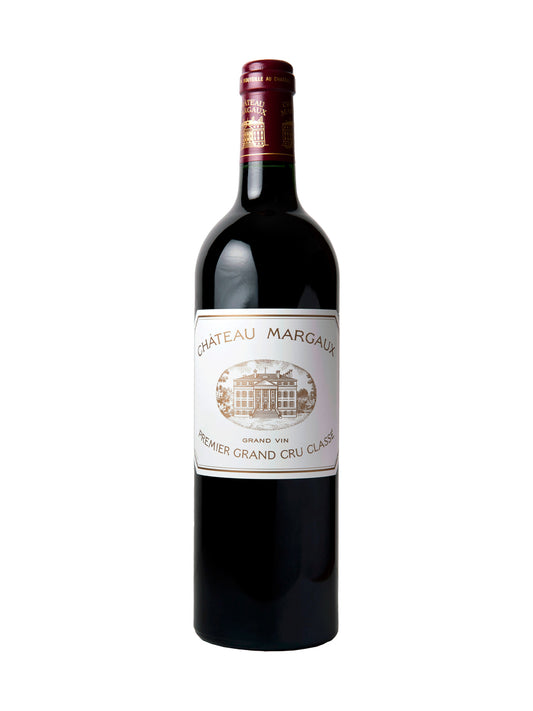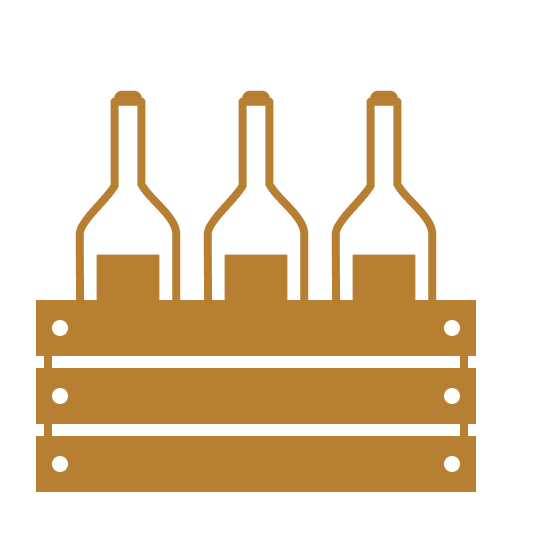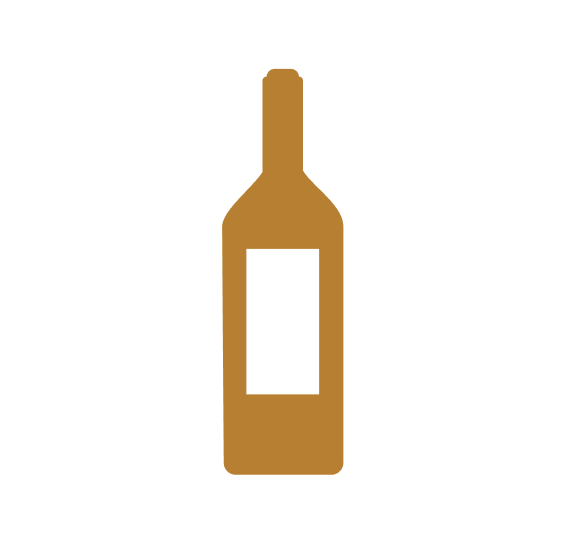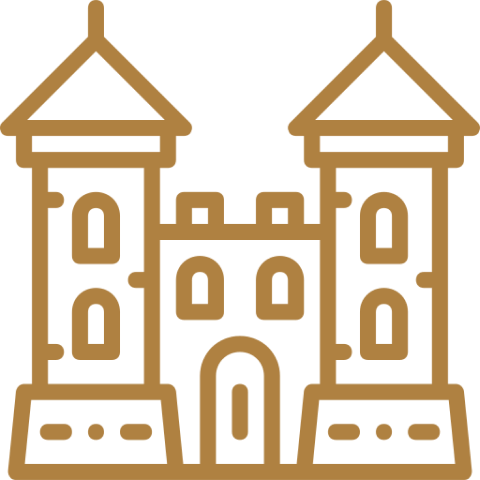CHATEAU MARGAUX
The history of the Château dates back to the 13th century when it was a fortress known as “Château de la Mothe Margaux”, the word “motte” meant “small hill” which is a rare relief on the Medoc plain. In the 15th century, the vineyard was structured thanks to the Lestonnac family, which anticipated the Medoc agricultural turn, abandoning cereal farming towards vine-growing. In 1801, the marquis de la Colonilla acquired the estate. Considering the Château not worthy of the vineyard's reputation, he knocked it down and built the château we all know nowadays, with a neo-palladian style. In 1855, the vineyard was classified as Premier Grand Cru in the 1855 classification. The estate was sold to André Mentzelopoulos in 1977, he started important modernization works. Nowadays, his daughter Corinne, keeps working on her father’s creation. Plus d'information
Découvrez nos millésimes CHATEAU MARGAUX
Chateau Margaux
A rich history at the service of a legendary grand cru
The origins of Château go back to the 13th century, when a fortress known as “Château de la mothe de Margaux” was established, motte meaning “hillock”, a rare relief on the Margaux plain. In the 15th...
-
100
Robert Parker
100
James Suckling
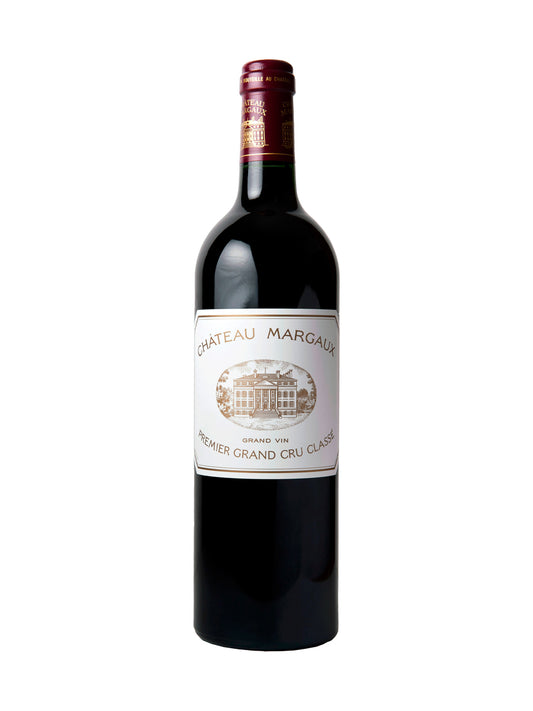
CHATEAU MARGAUX, 2018
-
99
Robert Parker
100
Wine Spectator
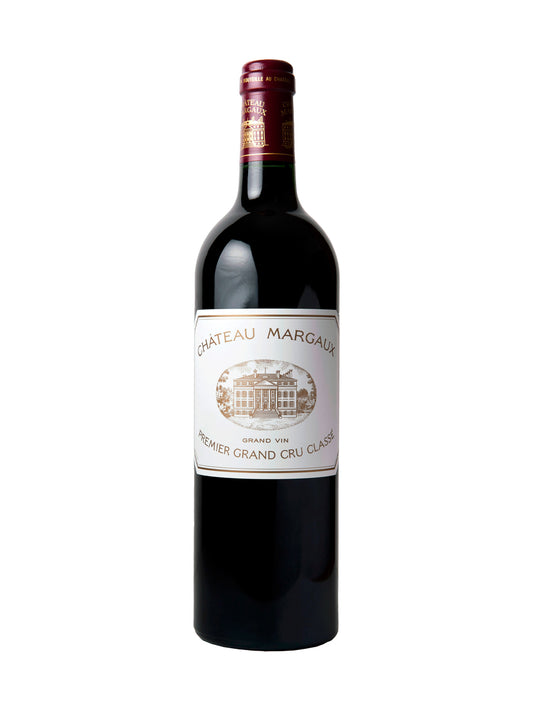
CHATEAU MARGAUX, 2000
-
95-97+
Parker
17.5
Jancis Robinson
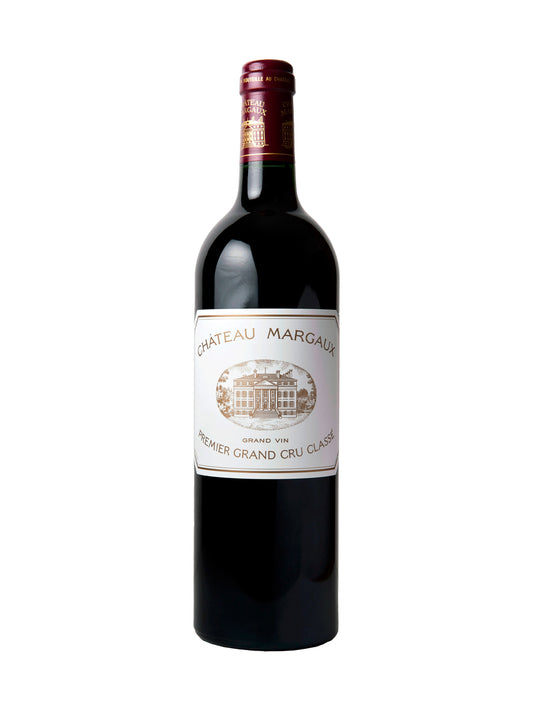
CHATEAU MARGAUX, 2021
Découvrez nos millésimes CHATEAU MARGAUX
Chateau Margaux
A rich history at the service of a legendary grand cru
The origins of Château go back to the 13th century, when a fortress known as “Château de la mothe de Margaux” was established, motte meaning “hillock”, a rare relief on the Margaux plain. In the 15th century, the vineyard was structured and abandoned cereal growing in favor of viticulture;
Château Margaux has the honor of being the first « claret » to appear in Christie’s prestigious catalog in 1771. It was also one of Thomas Jefferson's favorite wines when he was ambassador to France. In 1855, Château Margaux was classified as a Premier Grand Cru du Médoc following Emperor Napoleon III's request to classify French wines for the organization of the second Universal Exhibition in Paris.
The building known and contemplated today is the work of the Marquis de la Colonilla. In 1801, he decided to build a manor house to reflect the prestige of the great wine he produced. In 1965, it was classified as a historic monument.
The Ginestet family acquired the estate in 1950. 27 years later, the Ginestets decided to sell the winery to André Mentzelopoulos. The architecture of the Chateau, with its iconic columns, recalls the entrepreneur's native Greece.
Following the death of André Mentzelopoulos in 1980, his daughter Corinne took over the running of Château Margaux. Under her direction, and following in the footsteps of her father Andrè Château Margaux regained all its nobility and prestige. This quest for perfection and excellence has led Château to bottle two new vintages, a third red wine and a second white wine;
2023 marks a second generational change within the Mentzelopoulos family. Corinne handed over the reins to her children, who had been trained by her colleagues. Alexis - Corinne's son - becomes managing director of Château Margaux, while Alexandra is appointed chairman of the holding company's supervisory board.
Terroir is the DNA of great wines
The Château Margaux terroir is endowed with four and a half metres of deep soil. The soil is composed of pebbles dating back to the glacial period in the Guez, providing excellent drainage and forcing the vines to root deeply in order to access water. Rich in limestone, the soil lends great elegance to Château Margaux wines;
5 wines in 5 siècles
Château produces 5 wines: Grand Vin du Château Margaux, Pavillon Rouge de Château Margaux, Pavillon Blanc de Château Margaux, Margaux du Château Margaux and Pavillon Blanc second wine.
Pavillon Rouge de Château Margaux has been produced since the beginning of the 17th century. And Pavillon Blanc de Château Margaux has been produced since the beginning of the 18th century.
The exceptional vintage in 2009 marked a turning point for Margaux. They decided to add a fourth wine to their collection, the Margaux du Château Margaux, which would be considered a third wine from a quality point of view. And in 2022, Château Margaux's technical team suggests the creation of a fifth wine, Pavillon Blanc Second Vin, composed of 100% Sauvignon Blanc. This second white wine follows on from the work carried out to perfect the quality and pursuit of excellence of Château Margaux's first Pavillon Blanc wine;
The greatest vintages of Chateau Margaux
1961 is considered one of the best vintages of the 20th century. The weather conditions were ideal for optimal berry growth and ripening;
The 1961 Château Margaux stood out, brilliantly combining power and elegance. Franck Dubourdieu, author of the book «Grands Bordeaux de 1945 à nos jours», gives it a brilliant score of 98 / 100.
1982 is a legendary Bordeaux vintage and a classic collector's item. 1982 is one of the most sought-after vintages, partly due to its great ageing potential;
The Château Margaux 1982 is one of the finest millésimes produced. The first mythical vintage under the management of Corinne Mentzelopoulos. Jane Anson had the honor of tasting this wine in October 2023 and awarded it the excellent score of 98/100. She is the co-author of the book « Bordeaux Inside ».
1990 was a legendary year in terms of both quantity and quality. After 1947, 1990 was the warmest year of the 20th century. After 1949, it was the sunniest year on record. The grapes reached optimum ripeness and concentration.
Wine critic Robert Parker gives Bordeaux a perfect score of 100/100. Château Margaux 1990 after its tasting in 2016, Le Château Margaux 1990 has been transformed into a sensational wine that clips both the 1988 and 1989 vintages and more. It boasts a magnificent bouquet of sumptuous red fruit, leather, camphor and liquorice, the kind of nose you're totally immersed in. (…) On the palate, it's soft and sensual with incredible depth. Fleshy and full-bodied for a Chateau Margaux, but with great elegance and finesse. There are layers of red fruit, kirsch, sage and fig, followed by notes of tobacco and clove. This 1990 Chateau Margaux is at its peak, yet the harmony and assurance of this wine are instantly seductive. Magnificent. Tasted in May 2016 - Robert Parker 100 / 100
2000It's a great vintage in the Bordeaux region, and marks the changeover to the 21st century. A mild winter and rainy spring gave way to a very dry, hot summer. The harvest was more than ideal, with only one day of rain in October.
In 2016, Robert Parker, Bordeaux's leading wine critic, awarded the Château Margaux 1990 an exceptional score of 99 /100. Dégusté à l'aveugle, le Château Margaux 2000A reminder of the heights this new millennium vintage can reach. Remarkably deep in color, the bouquet captivates you instantly with abundant notes of red fruit, clove and truffle, with hints of cedar that merge over time. As the aroma opens and deepens, the fruit profile darkens, revealing blackcurrant and blueberry. Medium-bodied on the palate, with soft tannins. This Premier Grand Cru shows impressive depth and symmetry, quite virile for the appellation, with a gentle but insistent grip. This is a brilliant wine, flirting with perfection. Give it another 3 to 4 years if possible, as it will last for decades. »
The 2005 vintage benefited from an ideal weather pattern combining just the right amount of sunshine, water and warmth to ensure excellent vine growth. Flowering was uniform, and the bunches were perfectly balanced.
The 2015 Chateau Margaux vintage is available on request.
The 2015 vintage at Château Margaux is a very special and intense year, marked by the celebration of its bicentenary and the inauguration of new facilities designed by Norman Foster. Château Margaux produces a very fine wine, and to pay tribute to this historic year, as well as to Paul Pontallier, Château's general manager, who died in 2016, special packaging was created.
James Suckling awards the wine a perfect score of 100 / 100 to complete the picture of this historic Margaux vintage. This is an enchanting young wine that reveals a subtle, hidden strength on the nose, with notes of rose petals, blackcurrant, blackcurrant leaves, stones and plums. Magnificent ripeness and freshness. Breathtaking in its intensity and structure. Full-bodied, powerful and muscular, with a certain agility in the background. Compact and condensed. A new label for Margaux - James Suckling 100 / 100



